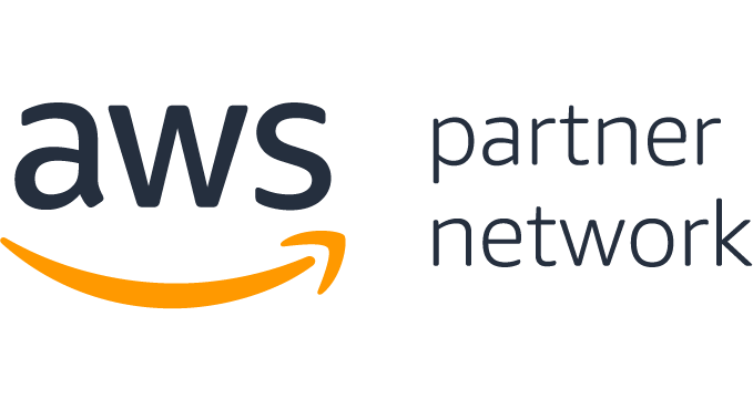Conversion Analysis Demystified

What is a conversion analysis?
Conversion Optimization – or Conversion Rate Optimisation (CRO) – covers conversion analyses and tests which are behind the improvements in sales and engagement flows on the website. When optimising online flows, fewer visits are needed per transaction or lead. When buying traffic, this means fewer paid clicks will result in online success and ultimately your cost per acquisition decreases.
Do I have a good conversion rate?
Good conversion rates always depend on what you are measuring. There is a difference between whether you want the user to download a mobile app or make direct purchases in your store. There is also a difference in whether you measure the overall conversion rate of your website or if you measure the conversion rate for the channels in which you choose to advertise: paid search, organic search, social media, other websites and referrals, emails, and direct traffic to your website. So in order to know whether you have something that works for you, you need to dig into the available data!
Ecommerce conversion rates 2022 vs 2021 development.
Source: irpcommerce.com/

What should the conversion rate numbers be?
Looking at third-party data can help you figure out how much opportunity there is. Within e-commerce marketing, it’s still very common to see conversion rates below 1%. Getting that number just 1% points up and revenue is suddenly linearly doubled.
So if the conversion rate numbers are in fact low based on what data can be found for an industry, then you need to focus on the website – often instead of trying to fix all marketing channels that are underperforming as a result.
What goes into a conversion rate analysis?
Many aspects can go into a well-conducted conversion rate analysis – qualitative and quantitative factors both come into play. Here are the dimensions we take into account when conducting a conversion rate analysis.

Inbound Traffic Analysis

Website conversion funnel analysis

Web page analysis

A/B testing
1. Inbound traffic analysis
We look at how your traffic purchases are connected data to the right conversion type to evaluate the quality of your leads, and to make sure your traffic is streamlined for optimal results.
It’s often one of the first things to be done to isolate whether the website is behaving poorly on its own or if it’s due to badly paid advertising.
3. Individual web page analysis
Getting landing pages right is a challenging task and often neglected. Making sure users instantly get the information they are looking for and find it compelling enough to convert requires analysis, insights, and testing.
2. Website conversion funnel analysis
It is critical for any website to have a clear path to purchase. We look at each touch point and give recommendations to mitigate any risk of drop-off. The result: A smoother customer journey and higher conversion rates.
4. Setting up A/B tests to find out what’s actually working
Very often, we are able to give lots of recommendations already at this point. Solutions can either be implemented directly or as part of continuous A/B testing schemes.
Simple checks to find out whether you have a conversion problem on your website
Confirm the path taken by the user from ad to website
It seems almost silly to check up on whether the landing page is actually confirming what the ad is saying. But often times the paid Google search gun is loaded with all kinds of keywords that are not streamlined with the landing page (s). As a result, the user will be confused by his choice of click and may choose to leave instead of moving towards the checkout.
This check-up may start as a qualitative analysis, but the potential discrepancy between PPC keywords and landing page content can be measured in lower ad quality scores and as a result, higher price per ad click.
Check up on load speed
Generally, website conversion rates drop by an average of 4.42% with each additional second of load time (between seconds 0-5). The highest ecommerce conversion rates occur on pages with load times between 0-2 seconds. So this is where you should aim for within ecommerce.
Based on experience, most advertisers look at avg. load speed for the website but does not look enough at individual load speed numbers. Getting load speed up on critically important pages can often do major differences to conversion rates.
Go through the checkout process – are you able to buy?
It sounds so simple, but testing the purchase module and checkout process regularly is often a missed task. Analyzing the checkout funnel will tell whether there are bottlenecks in the flow but going through the process will often reveal reasons for those and what’s missing.
Is your website functioning seamlessly across all devices?
Regardless of the provider, content management systems are notorious for errors in responsive designs and cross-device seamlessness. Very often this can mean text and critical buttons missing somewhere hindering conversion flow. So making sure on a continuous basis that everything is ok across devices is key for conversion optimisation.
What tools do you need for a conversion rate analysis?
Webanalytics and Tag Management
You need web analytics tracking in place. The most common tech stack is Google Analytics and Google Tag Manager as they are completely free to use. Most quantitative aspects of web flow, load speed, traffic, conversions, and sales can be achieved almost solely by Google Analytics with Google Tag Manager as the engagement and sales conversion enabling sidekick. If there’s any engagement you need to analyze, tracking that engagement can in all likelihood be set up with Googl Tag Manager.
A/B optimization tools
Google Optimize is a small tool from Google to A/B test on the fly. It’s also completely free and part of the Google tech stack.
Optimizely is at the other end of the spectrum with a full-blown AI-powered CRO platform across devices and apps serving A/B and multivariate testing.
Load speed: GTmetrix.com and Google page speed
When it comes to testing load speed, GTmetrix.com is widely renowned for it’s accuracy. You can snapshot test pages for free or pay a small monthly fee to get additional monitoring and support.
Google Page Speed also gives you load speed but is more widely used for the core web vitals analysis that is also critical for SEO purposes.
Heatmaps: Hotjar and Crazy Egg
Understanding user behavior on individual pages and in a flow is vital. Heatmaps provide that additional dimension to the hard data.
Hotjar is probably the most known tool in heat mapping. It’s free to start out and will only cost a bit if you need additional filtering and segmentations. Crazy Egg offers A/B testing and surveys as well.
Do you have a conversion rate problem and need help to get that CRO project started?
How Digital Excellence Can Help You
We have gained experience working with companies in Denmark and Europe that spends the most money on paid searches.
We have provided analyses to companies with multi-million revenues that have improved their conversion rates by up to 47 % without changing the conversion type, but only through suggestions for improvement to their websites. This has a direct impact on the cost per conversion that can transform most branding budgets into sales budgets.
At Digital Excellence, we provide you with:
- Analysis of website performance relative to the primary purpose of the website
- A systematic approach to user experience and conversion funnels
- Clear recommendations for improvement to websites in relation to the desired outcome
- Clear recommendations for improvement to the purchase flow and user experience
- Tests setups, A/B testing, and multivariate testing for ongoing analyses and improvements.
Have a question?
Let’s talk.
Fill out the form below and we will be in touch with you within the hour.






